Nintendo Switch players worried about how Call of Duty will run on the console whenever it arrives on the hybrid handheld gaming device have nothing to fear, according to Microsoft.
The attempt at reassurance comes from Microsoft’s response to the U.K. government in its ongoing attempts to close its $68.7 billion acquisition of Activision, the publisher and parent company of the CoD franchise.
As part of the deal, Microsoft signed a 10-year agreement to bring CoD to Nintendo platforms, including the Switch. The issue lies in the fact that the Switch’s hardware is not nearly strong enough to run the next-gen CoD titles properly. But Microsoft and Activision don’t seem worried.
“The Activision development team have a long history of optimizing game performance for available hardware capabilities,” the response said. “The Parties are confident that in addition to Warzone, CoD buy-to-play titles (e.g., CoD: Modern Warfare 2) can be optimised to run on the Nintendo Switch in a timely manner using standard techniques which have been used to bring games such as Apex Legends, DOOM Eternal, Fortnite and Crysis 3 to the Switch.”
Getting a graphically-intensive game like CoD to run well on the Switch will likely require the use of the cloud. While the response didn’t specifically state that CoD would be a cloud game, it’s assumed that’s what is meant by “standard techniques.”
There are several Switch games that run from the cloud, which basically means streaming the game live to the console instead of playing it natively installed.
“The game engine that powers Warzone is mature and has been optimized to run on a wide range of hardware devices (ranging from the Xbox One console released in 2015 up to the Xbox Series X),” the response said. “Warzone supports PC hardware with GPU cards that were released as far back as 2015 (i.e., prior to the release of Nintendo Switch in 2017).”
Currently, there have been no announcements made regarding just which CoD titles will be playable on Switch, but it could come in the days and months following the acquisition’s potential closure.


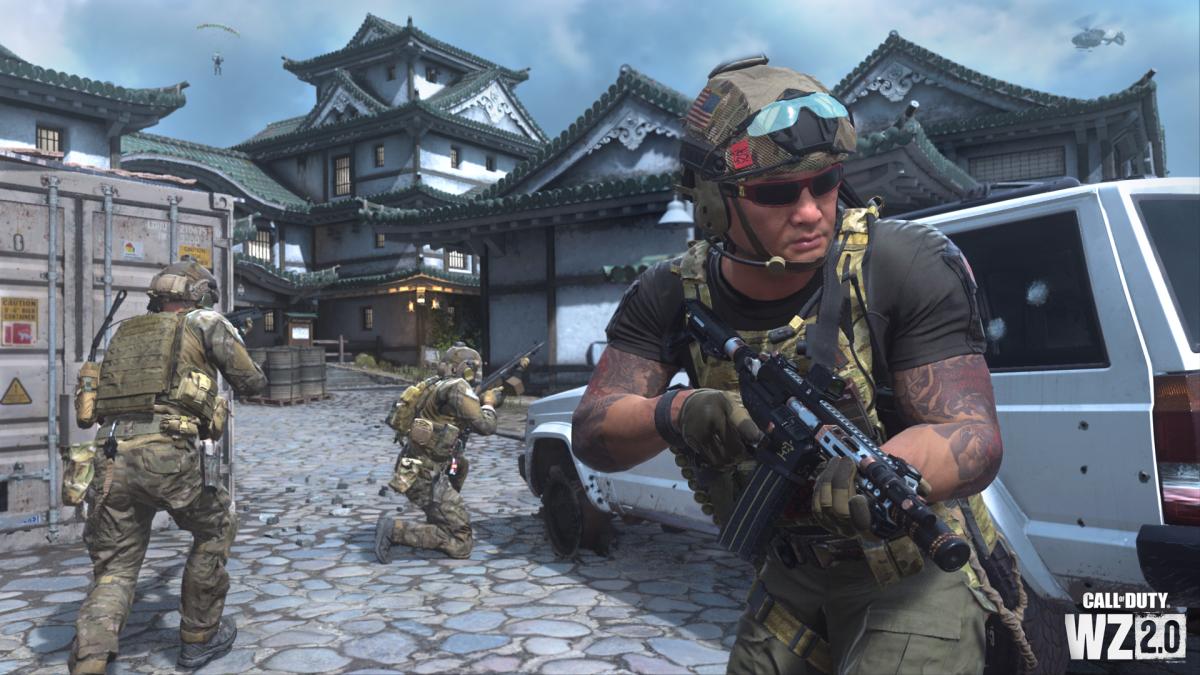
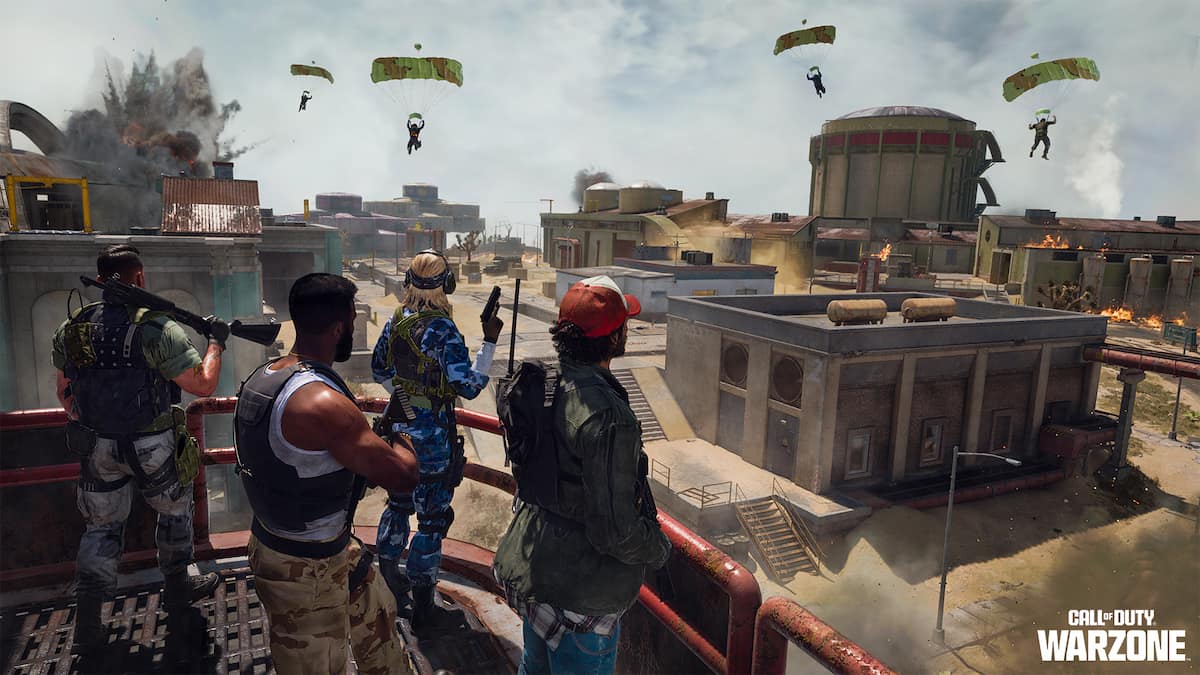

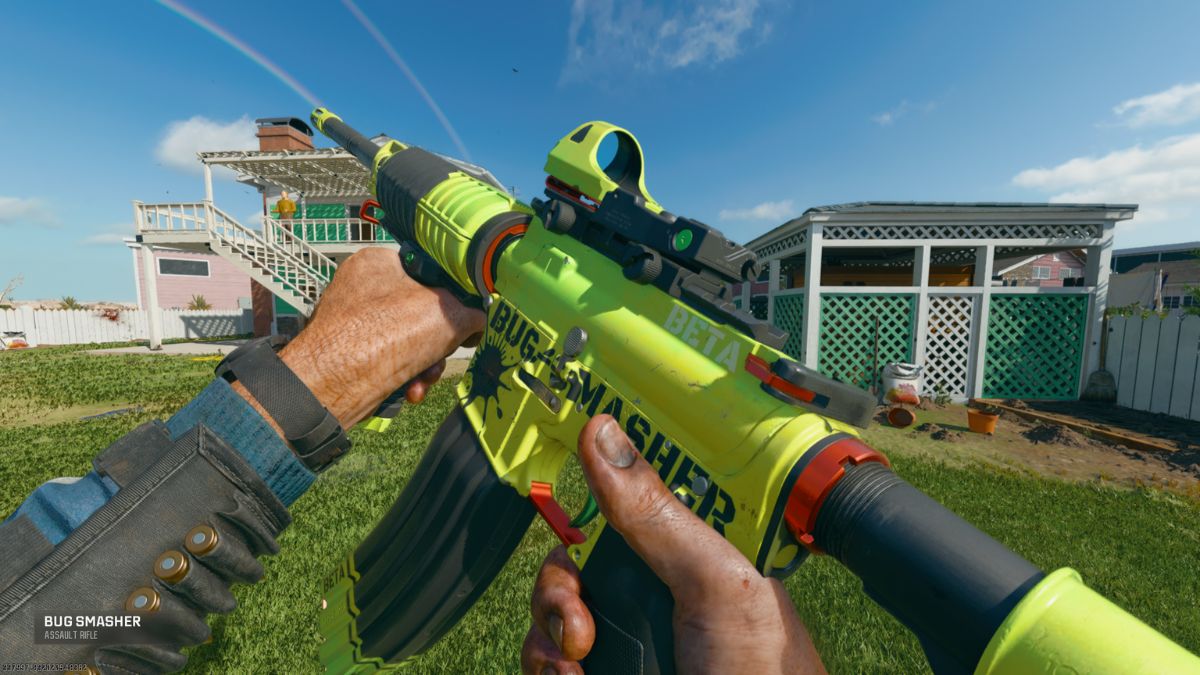
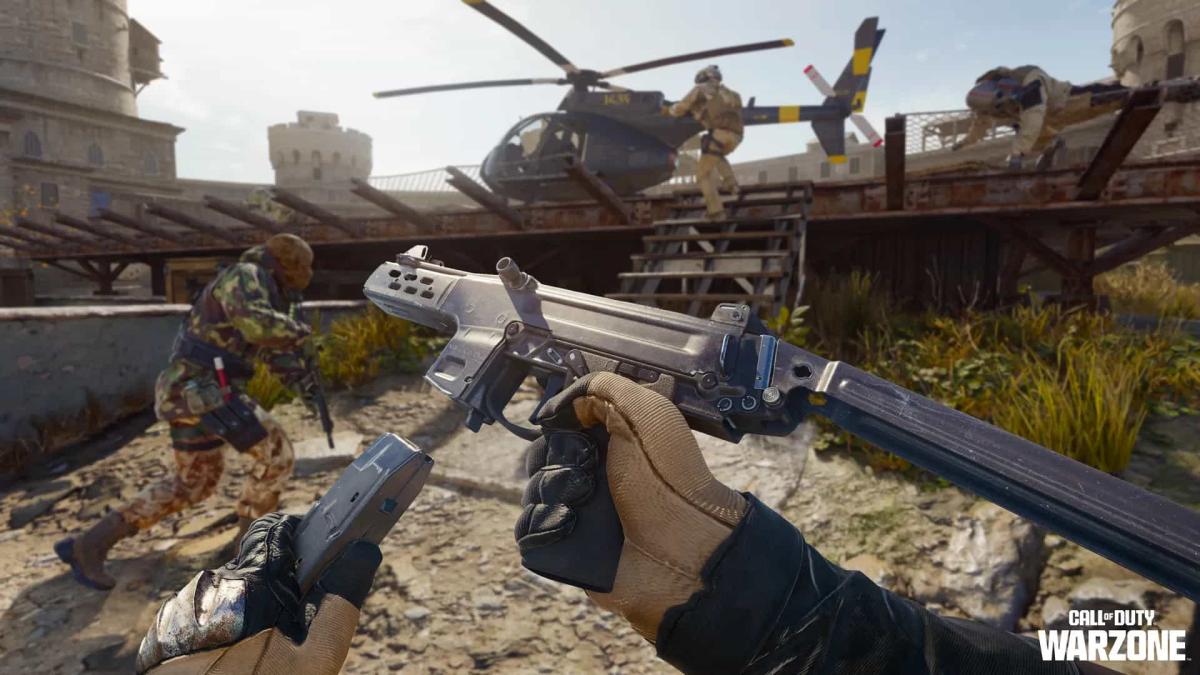
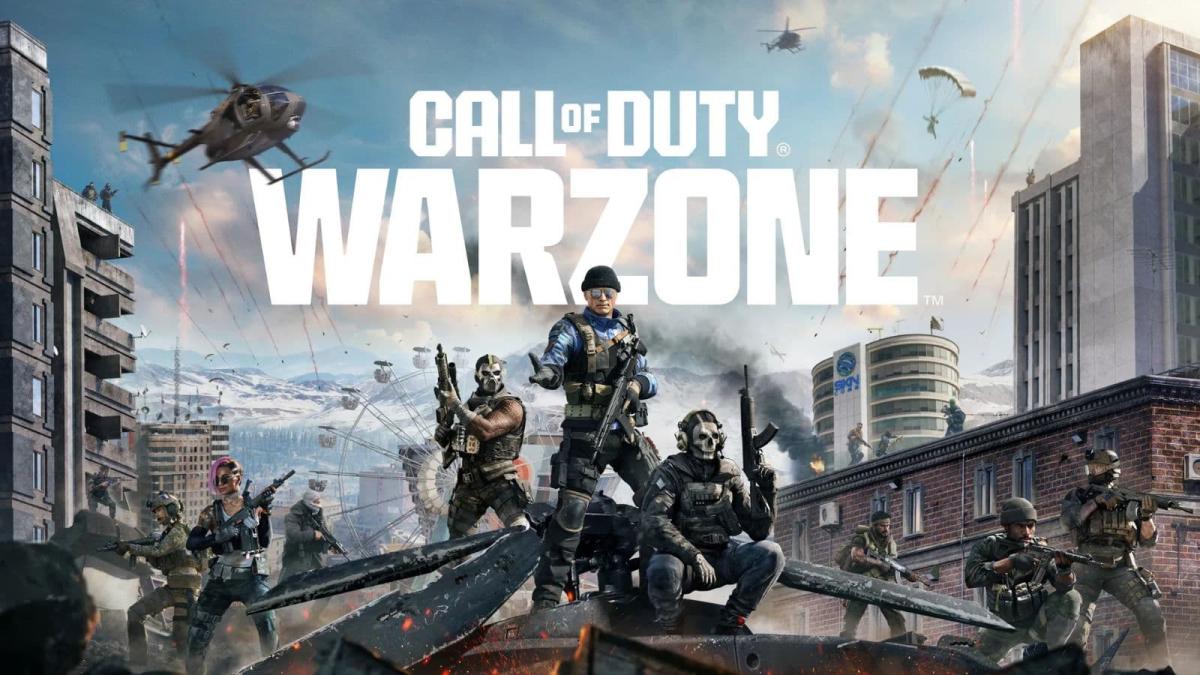
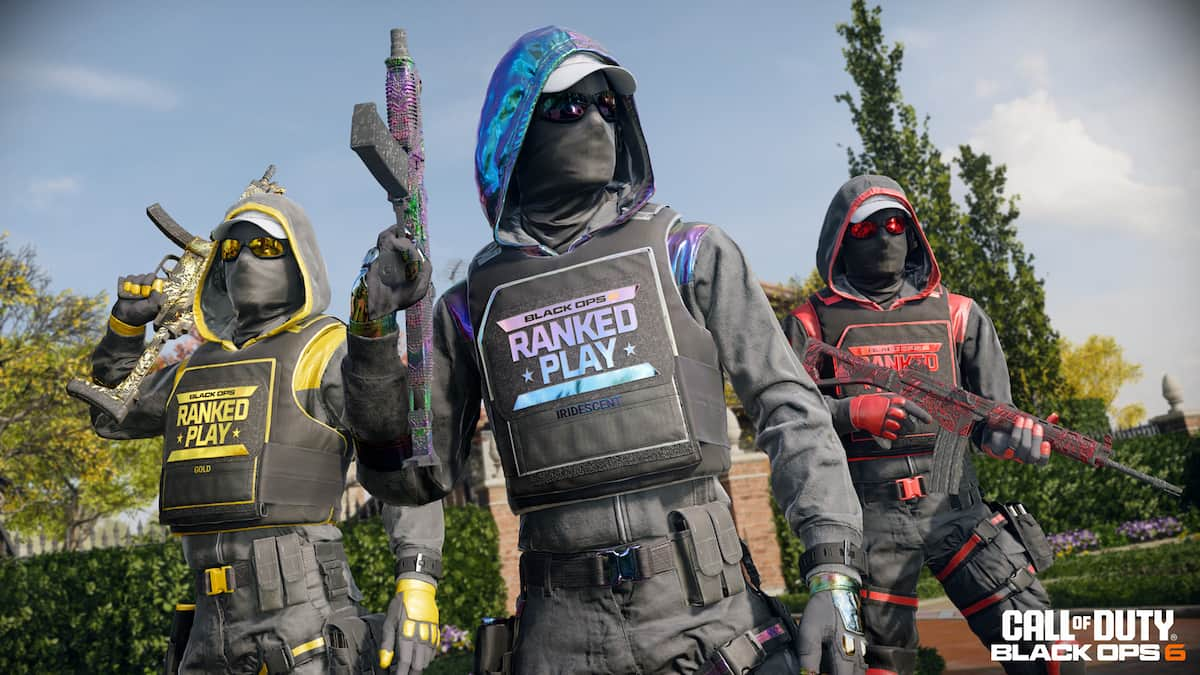
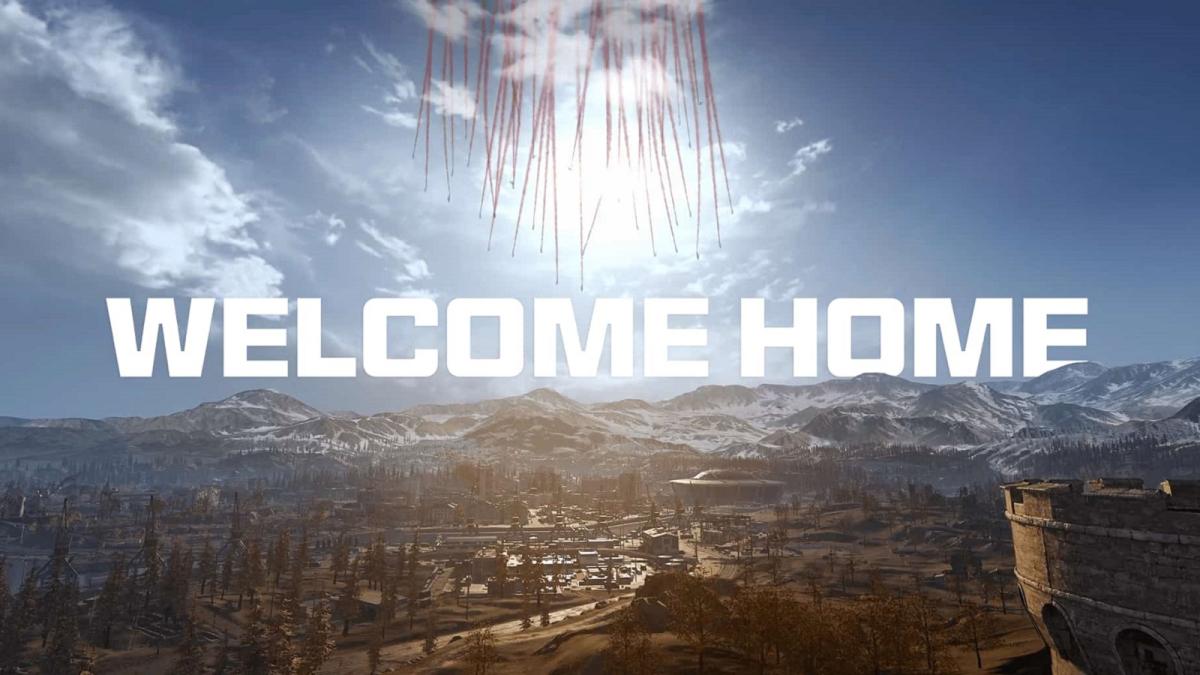
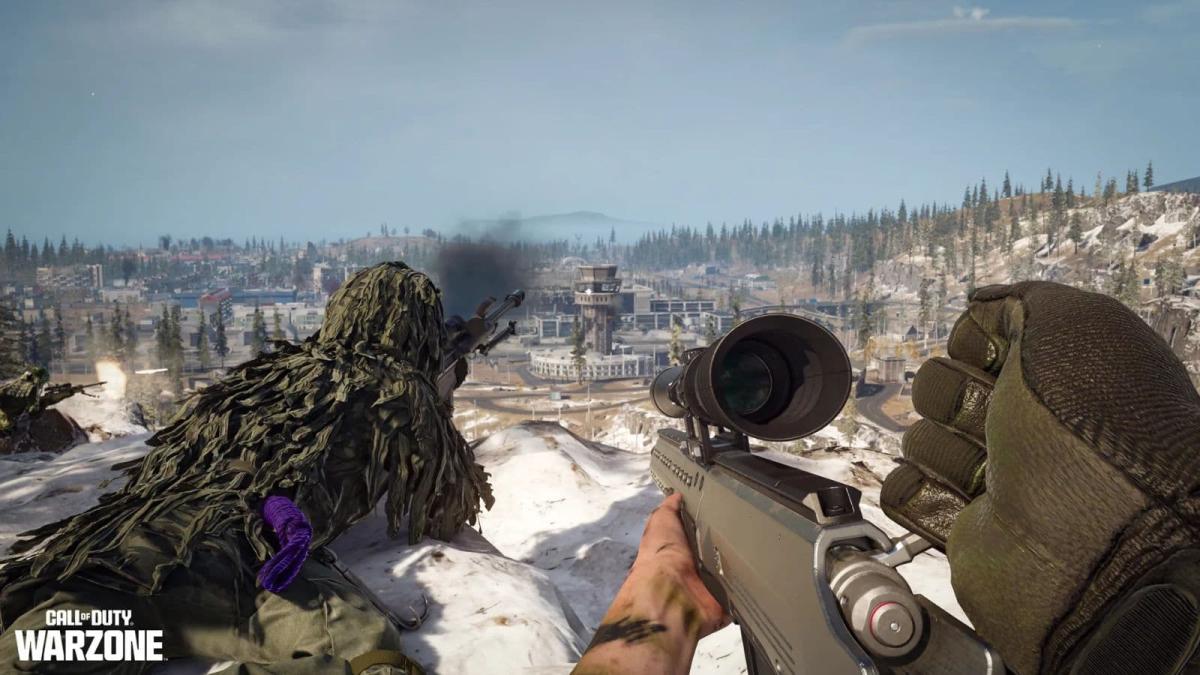
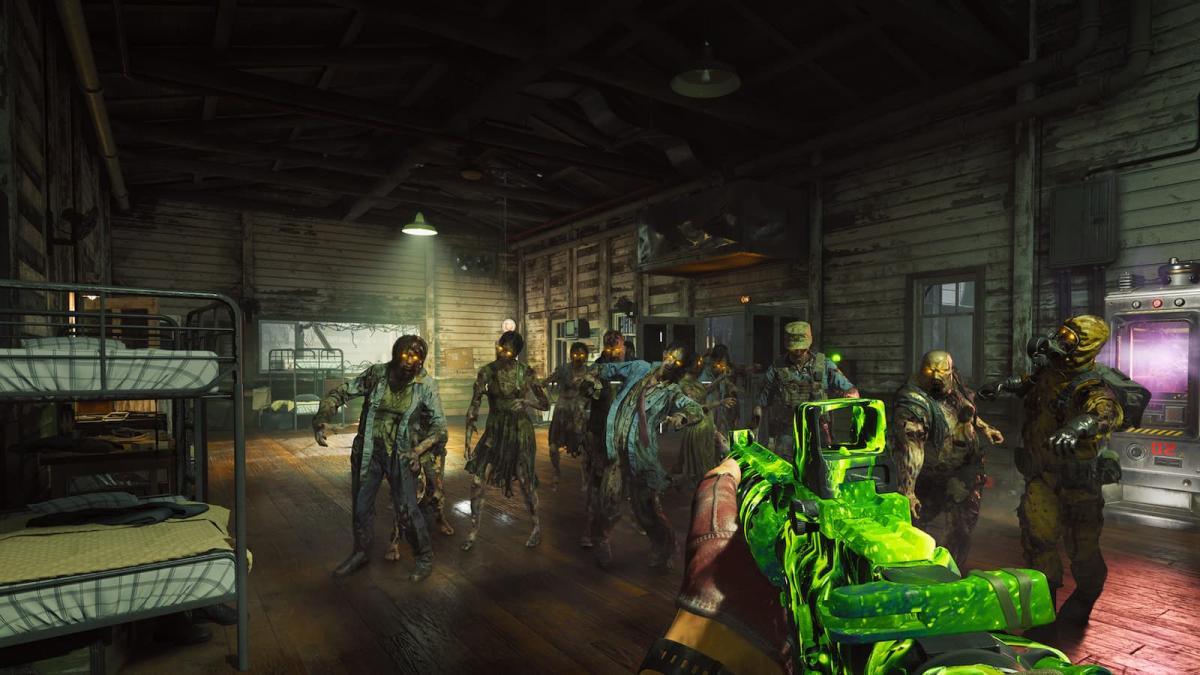
Published: Mar 8, 2023 01:07 pm